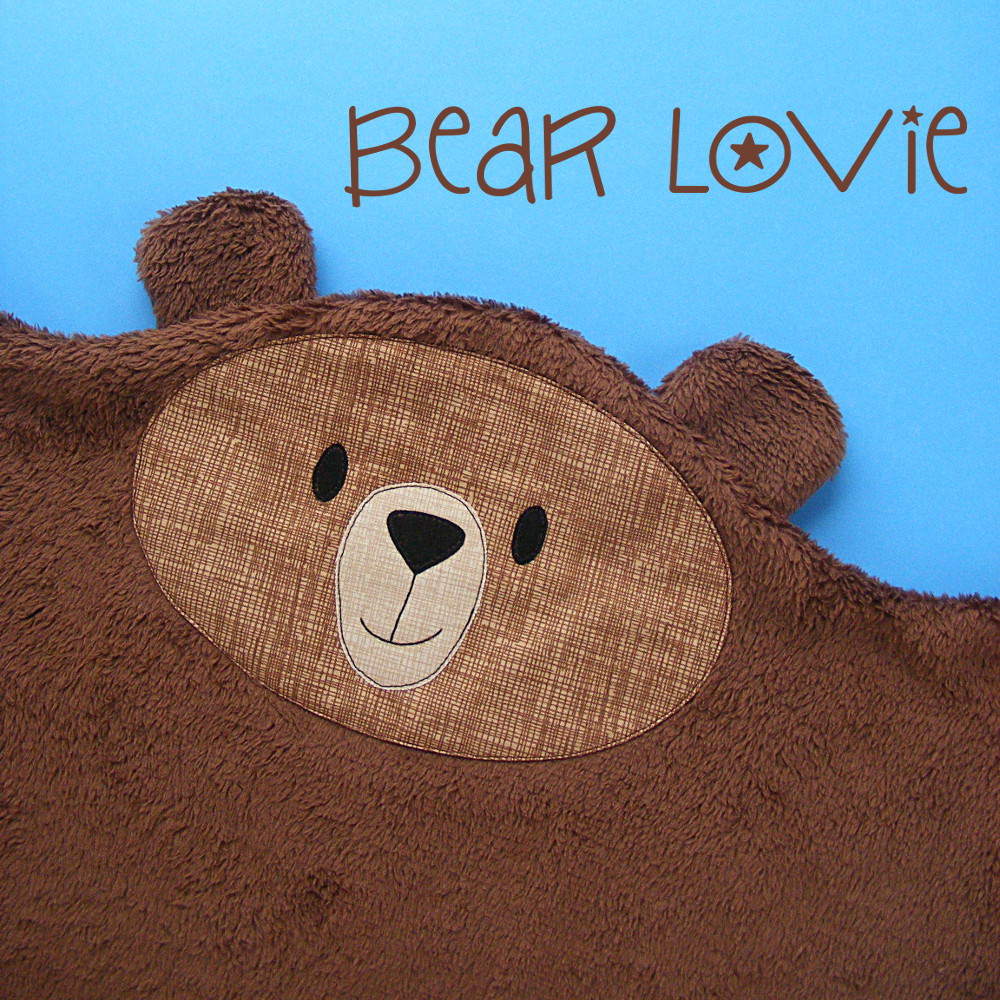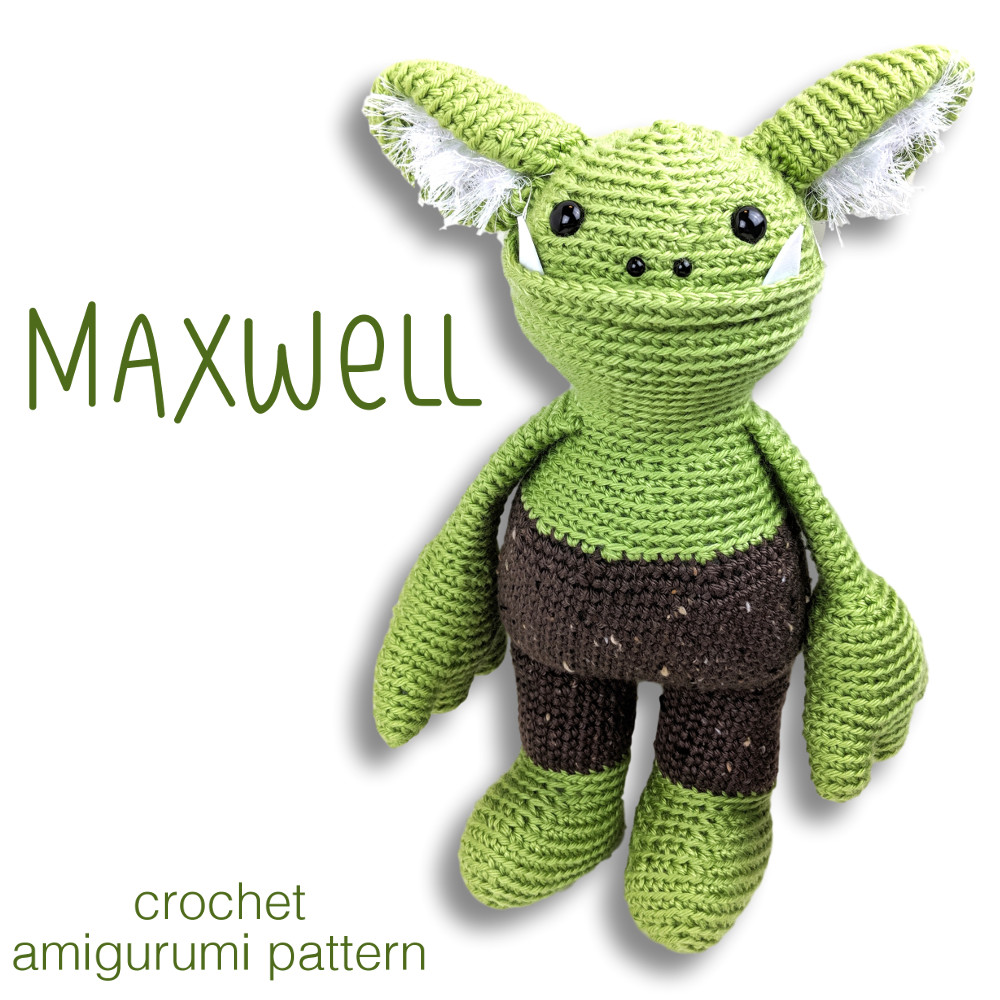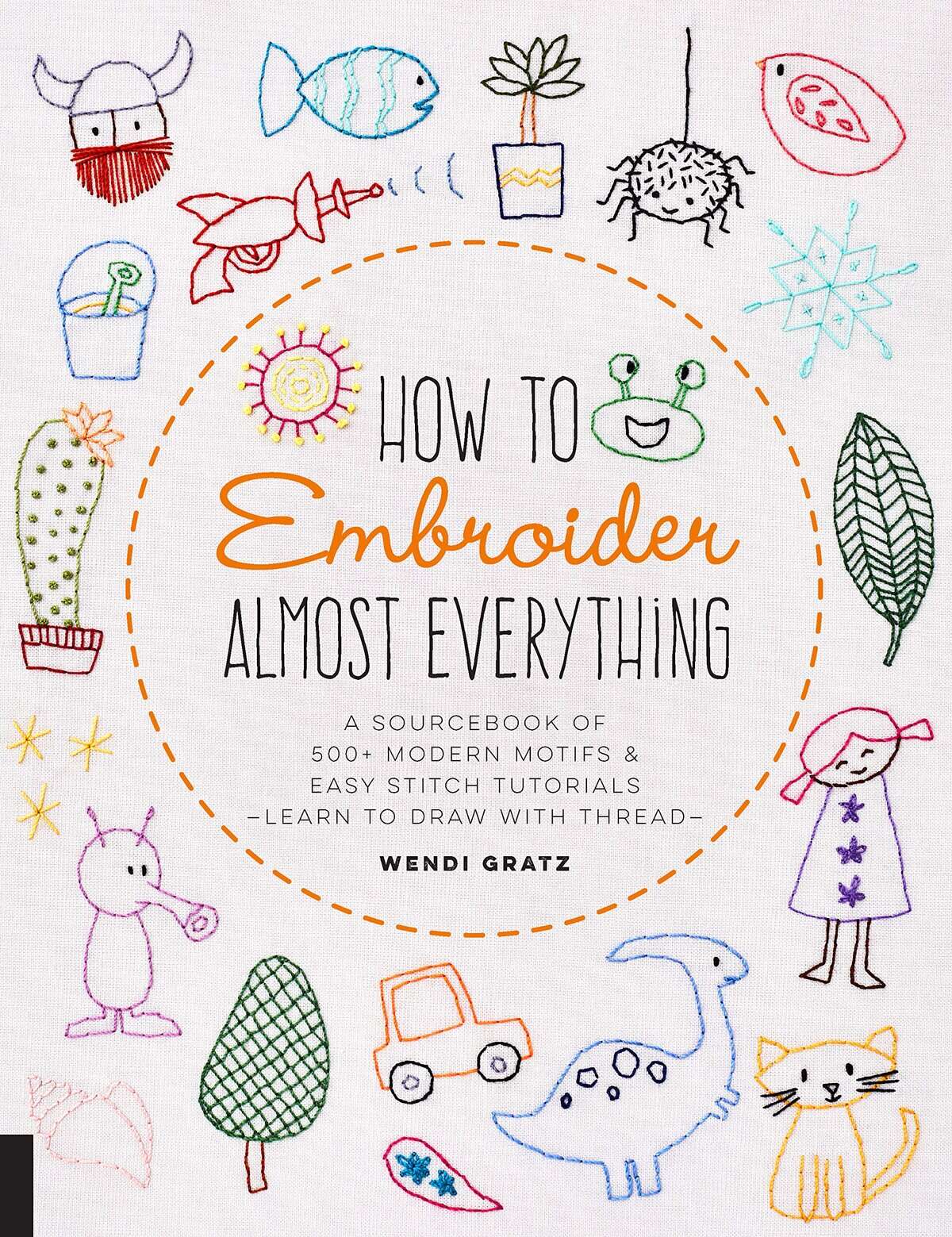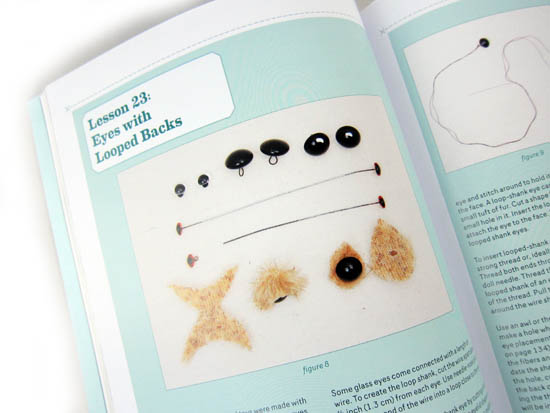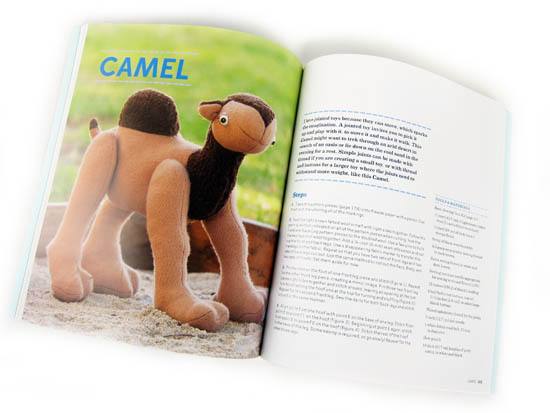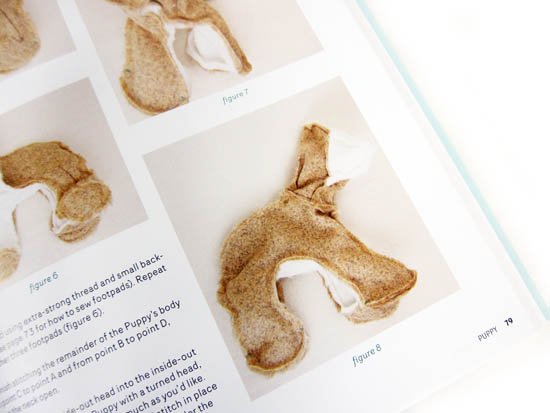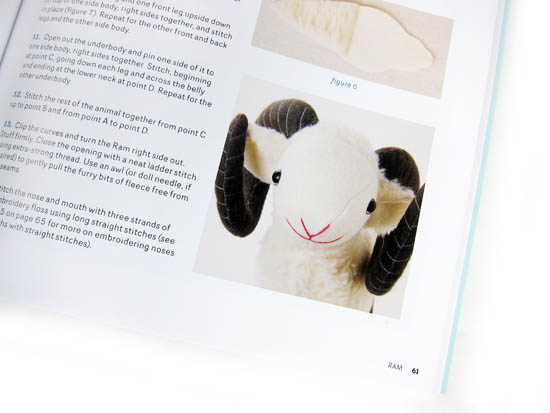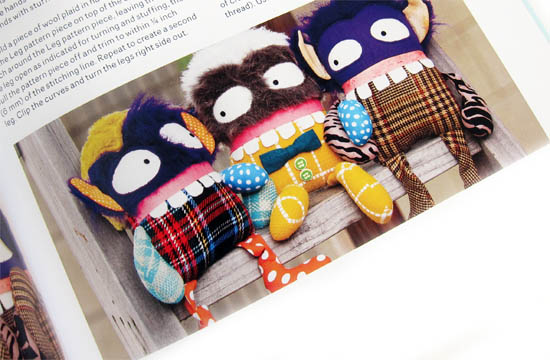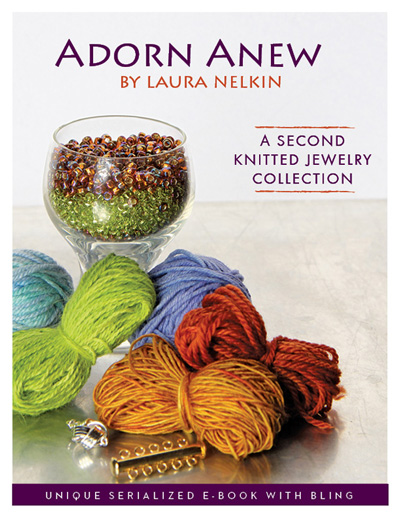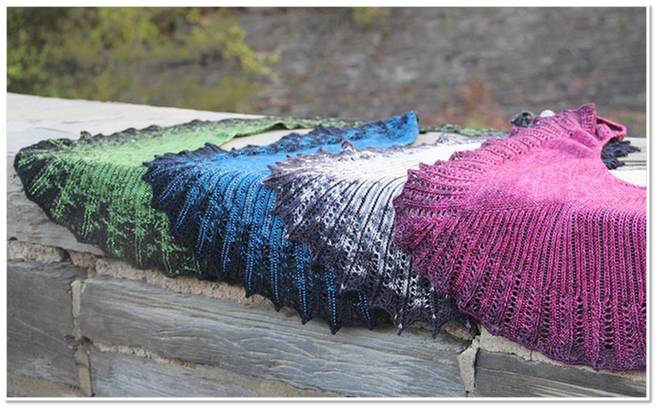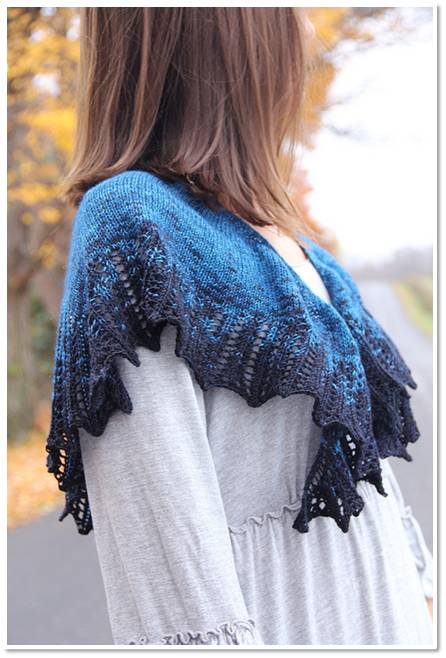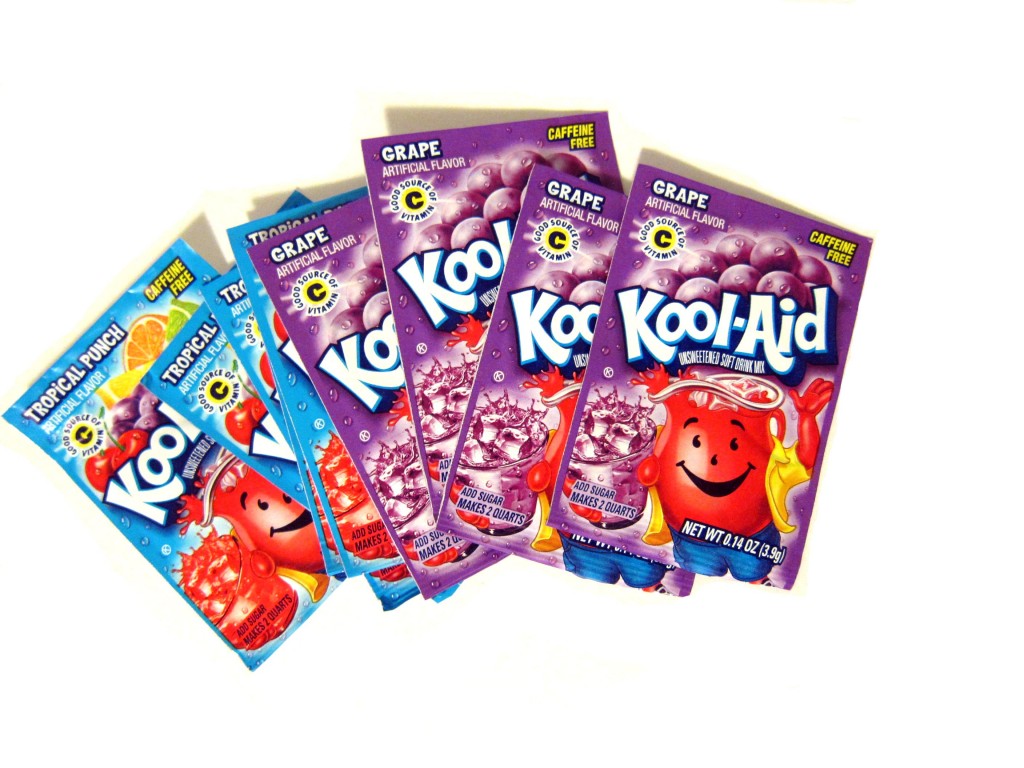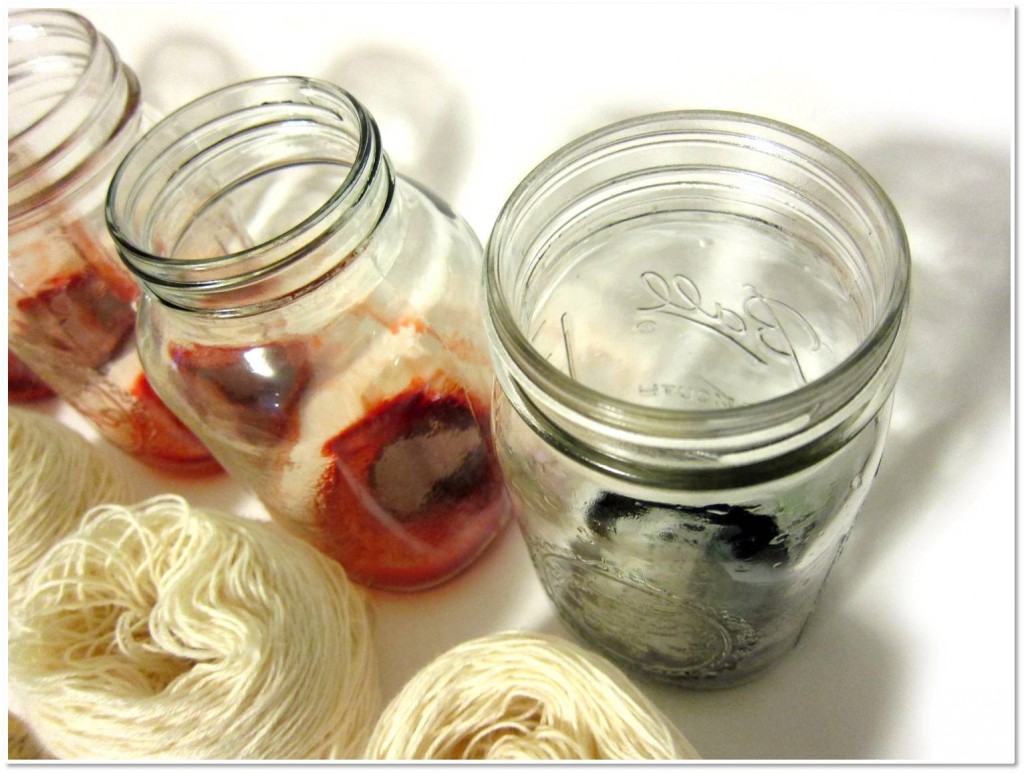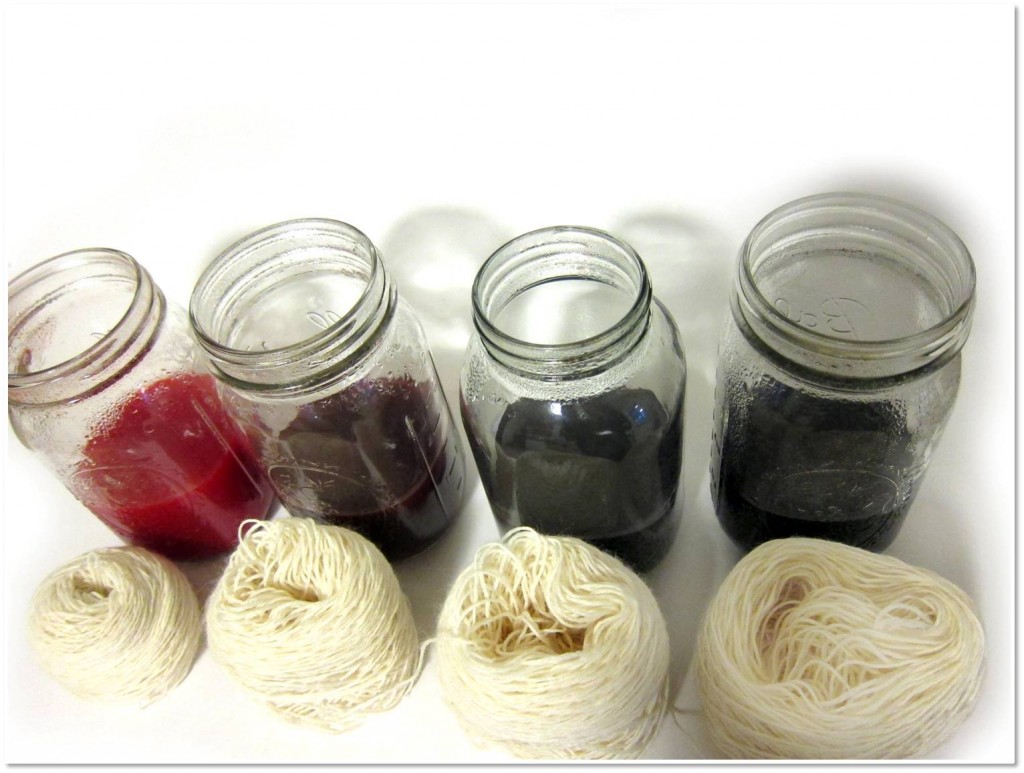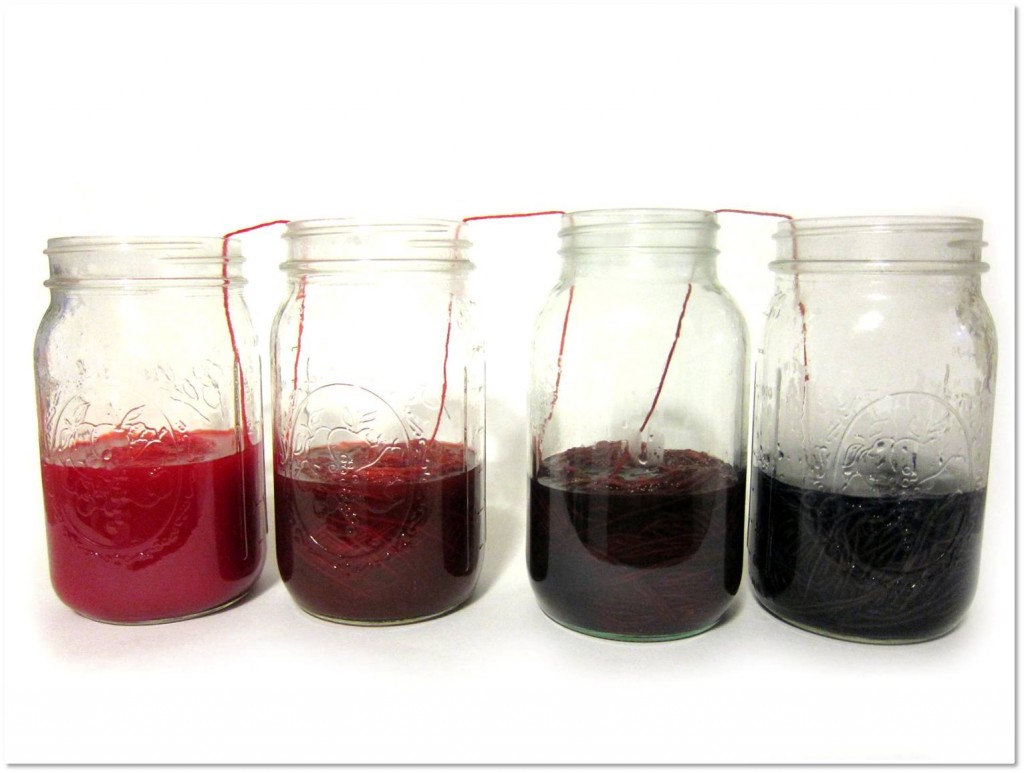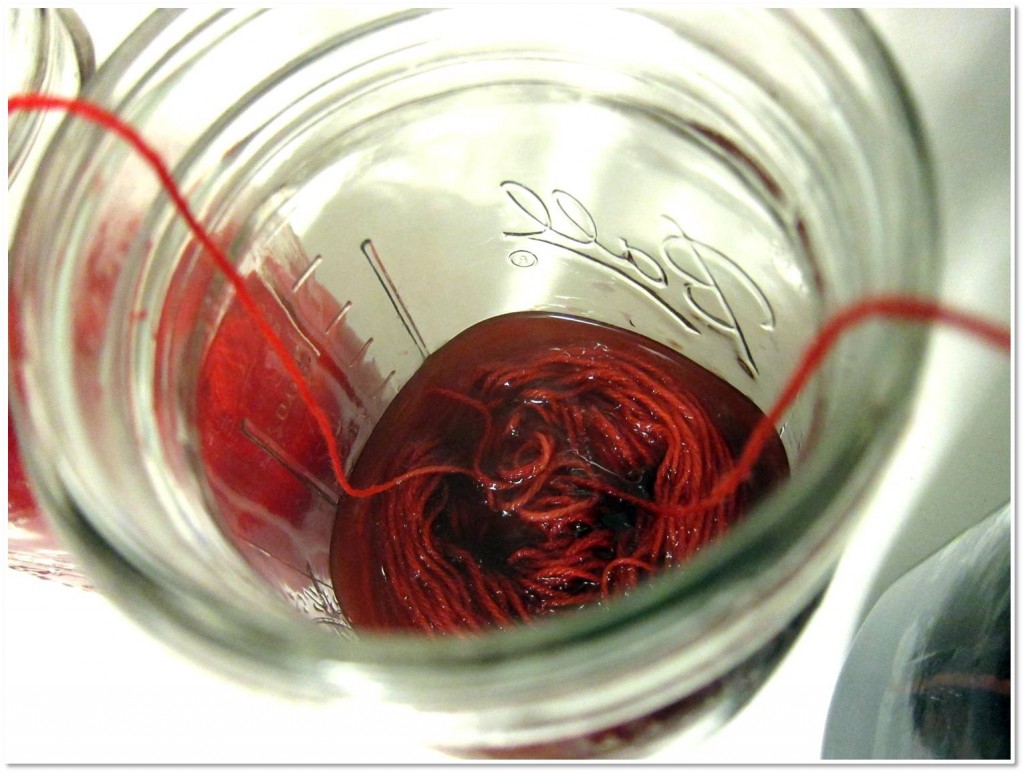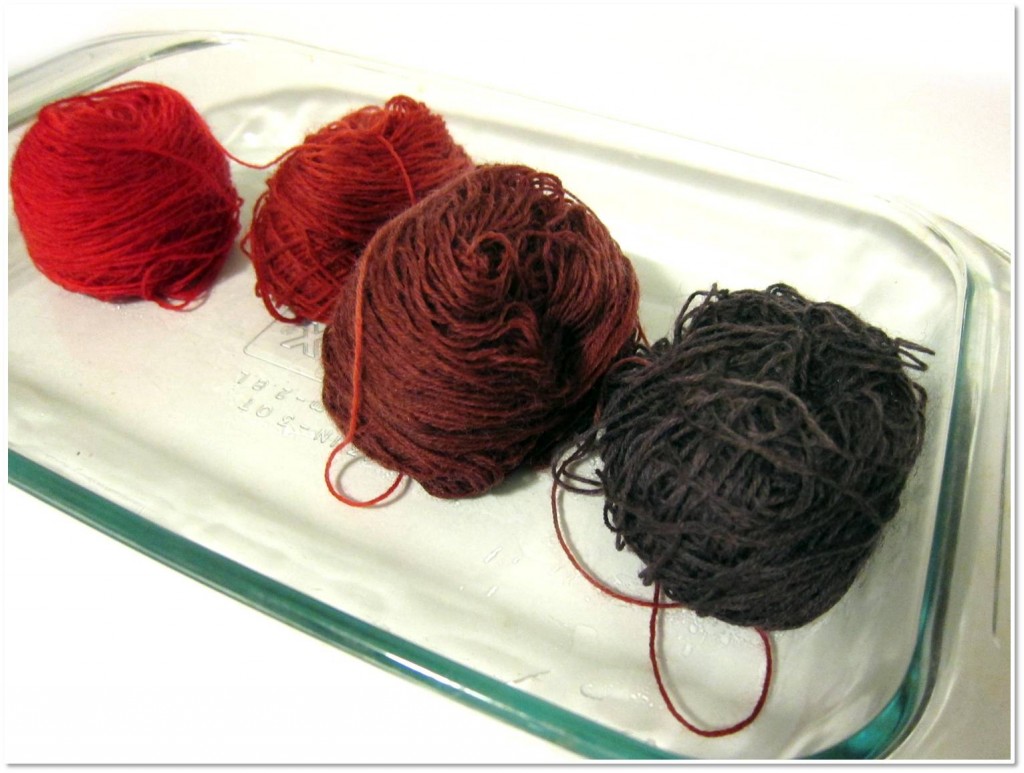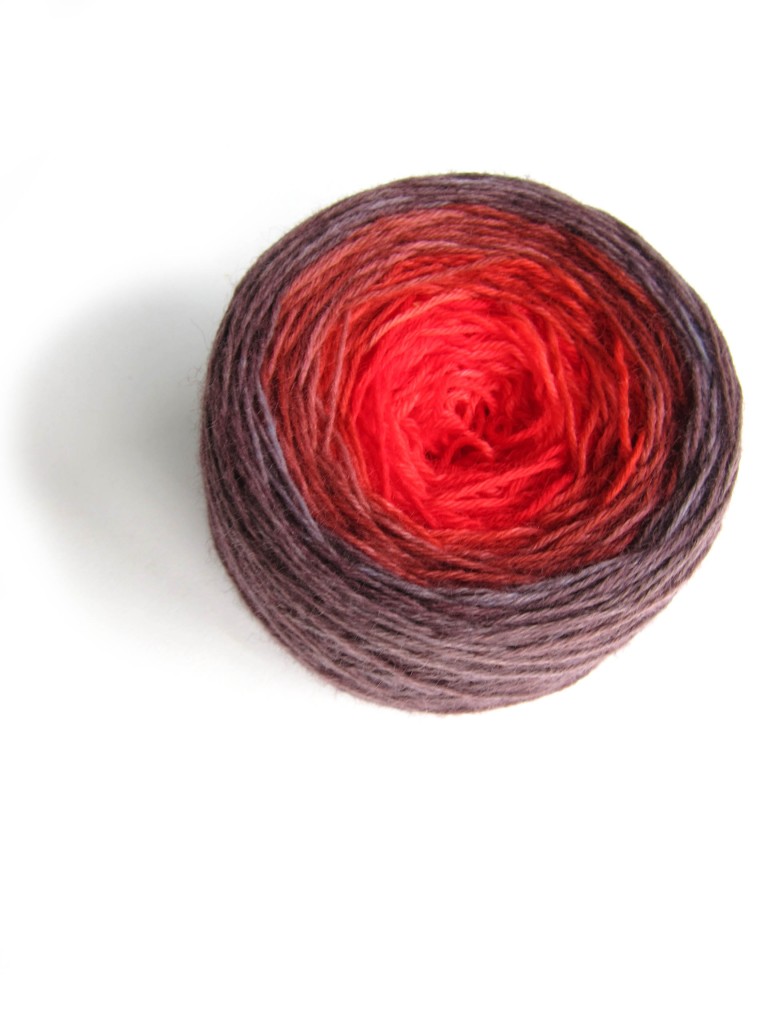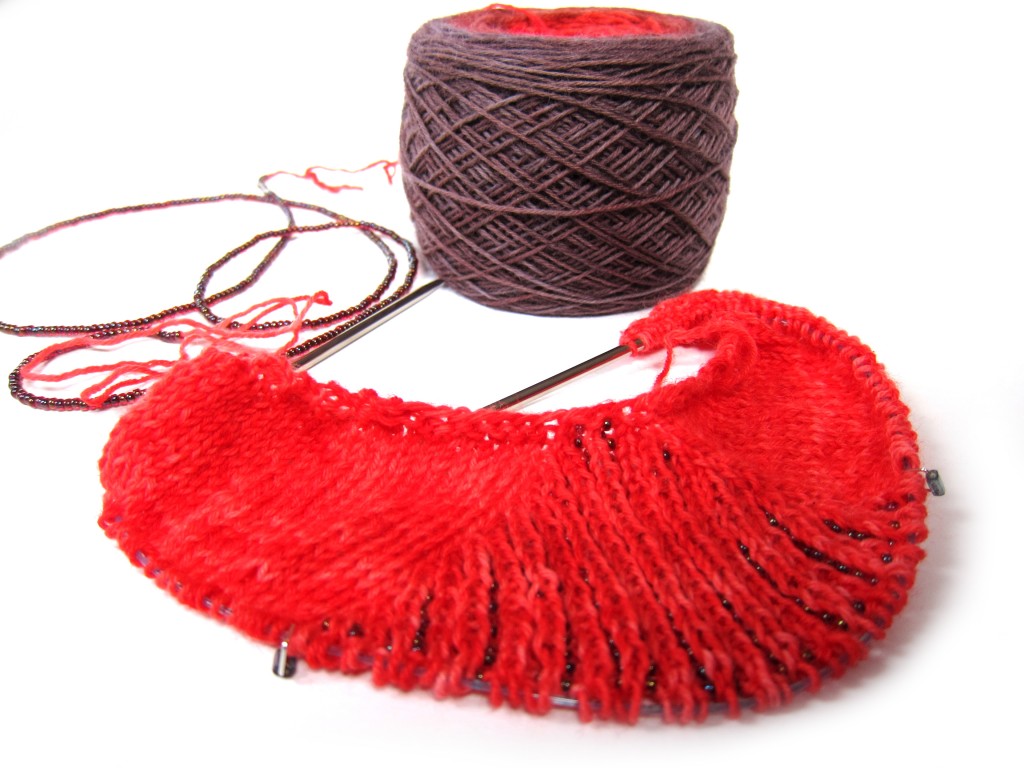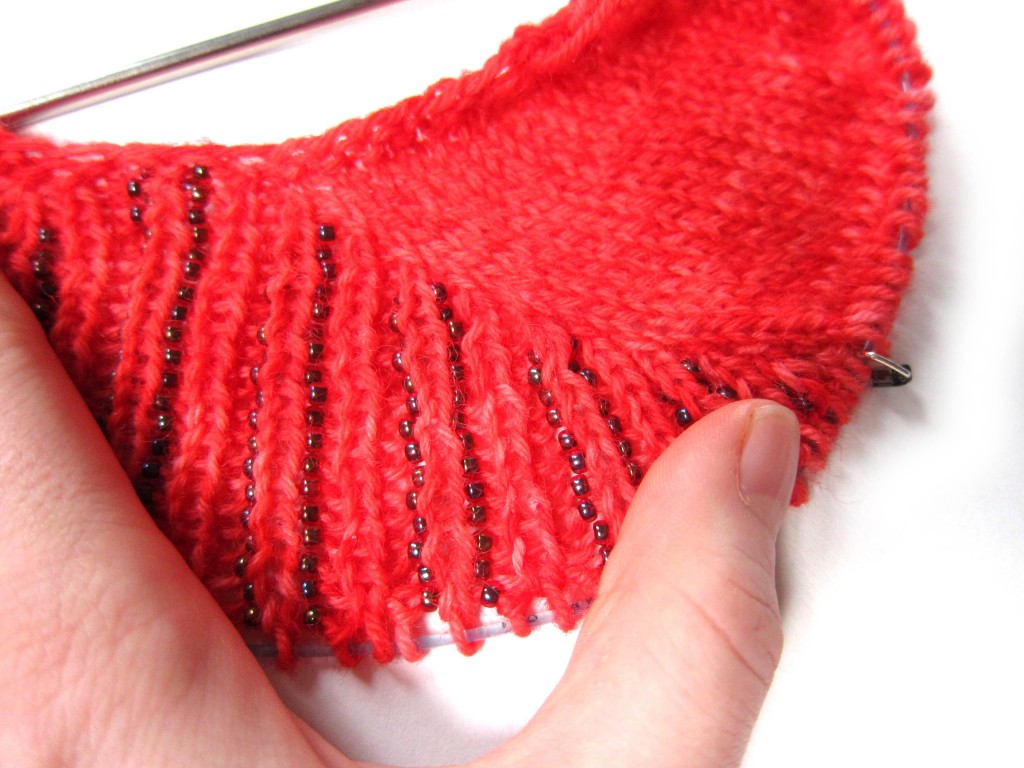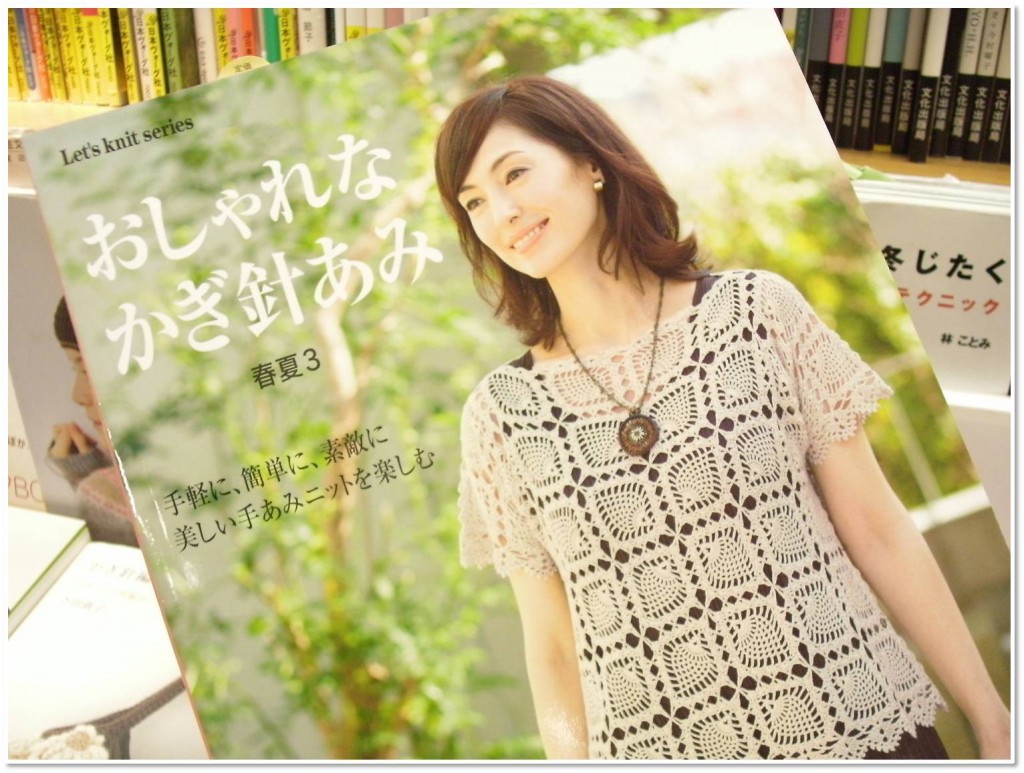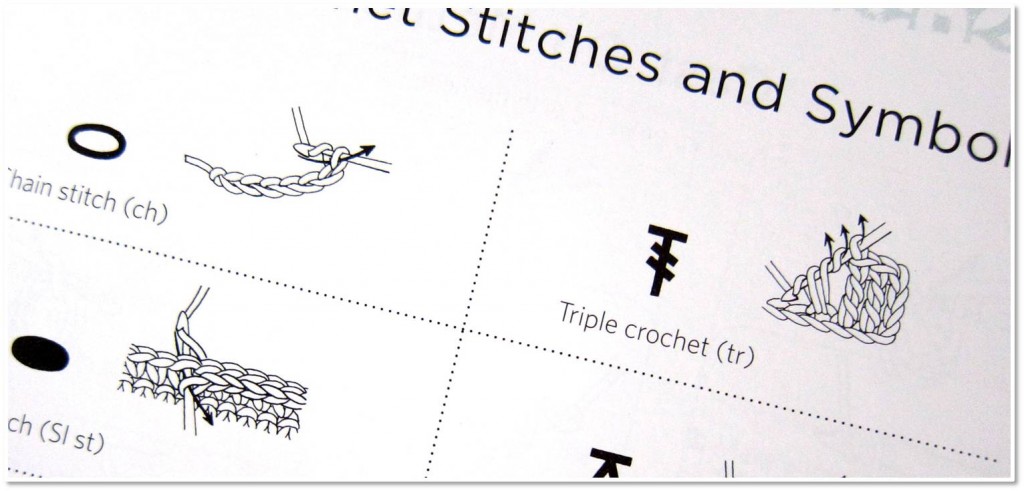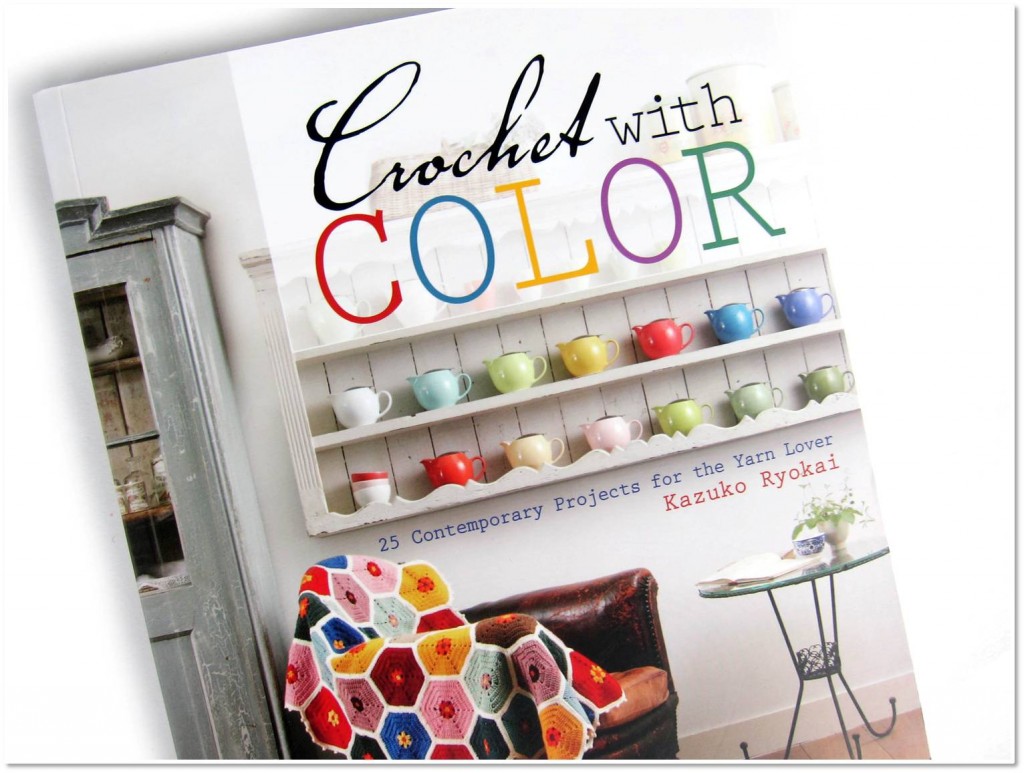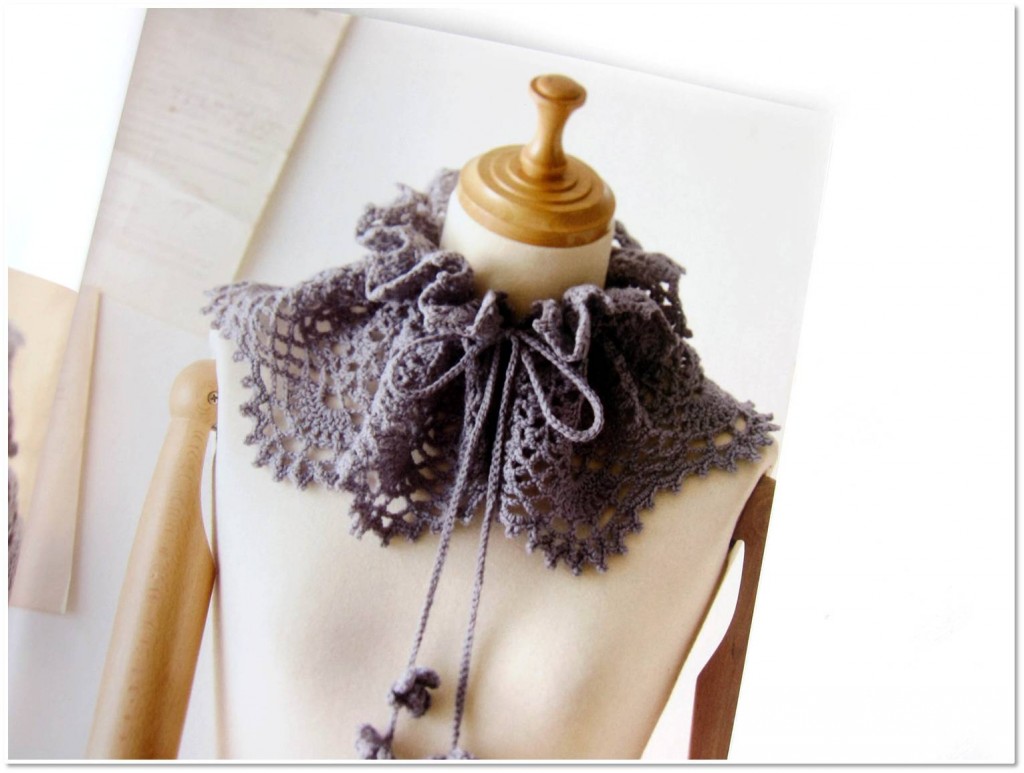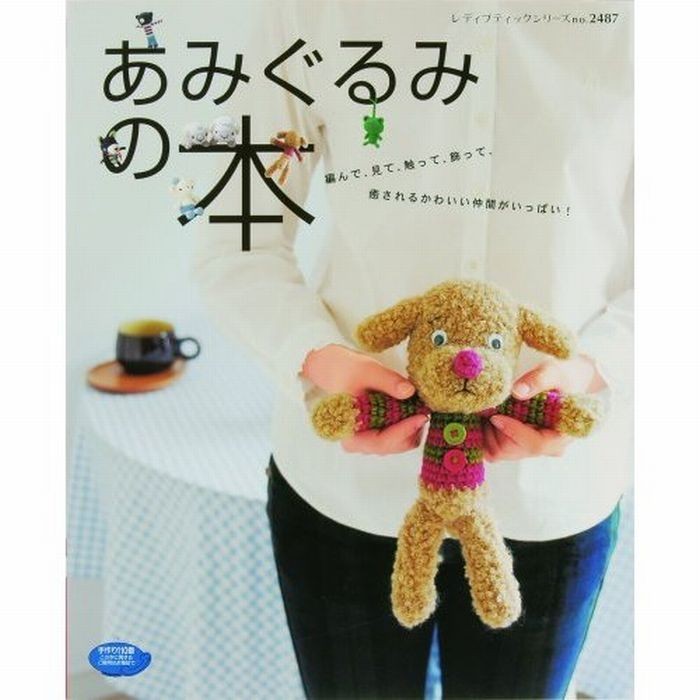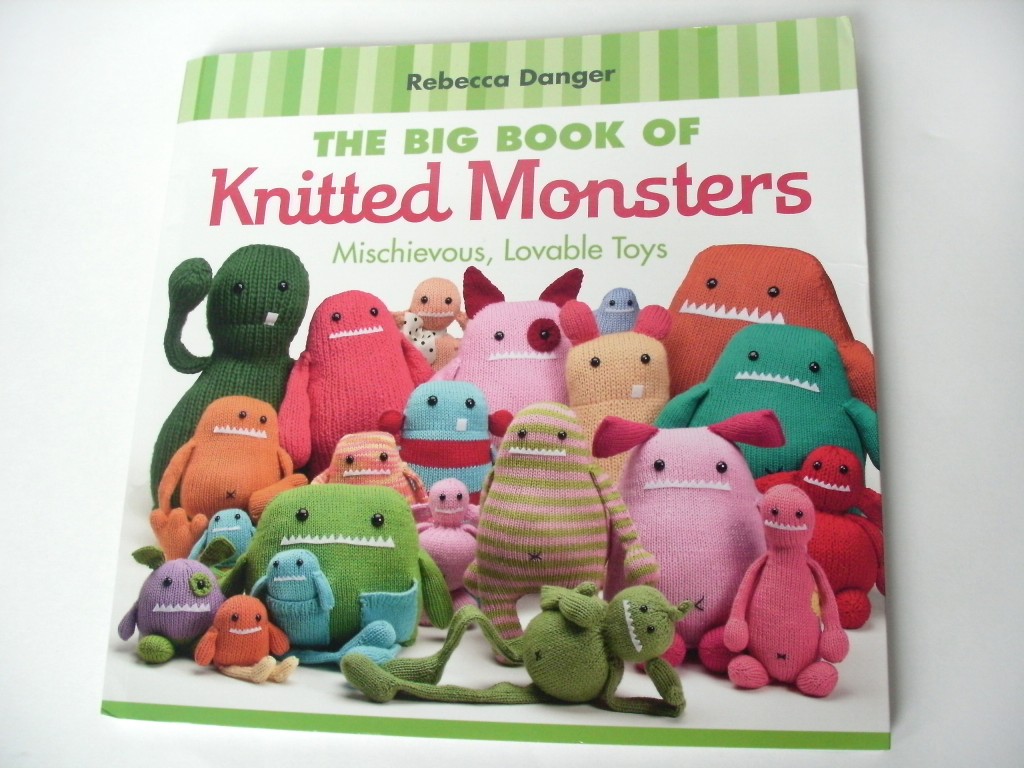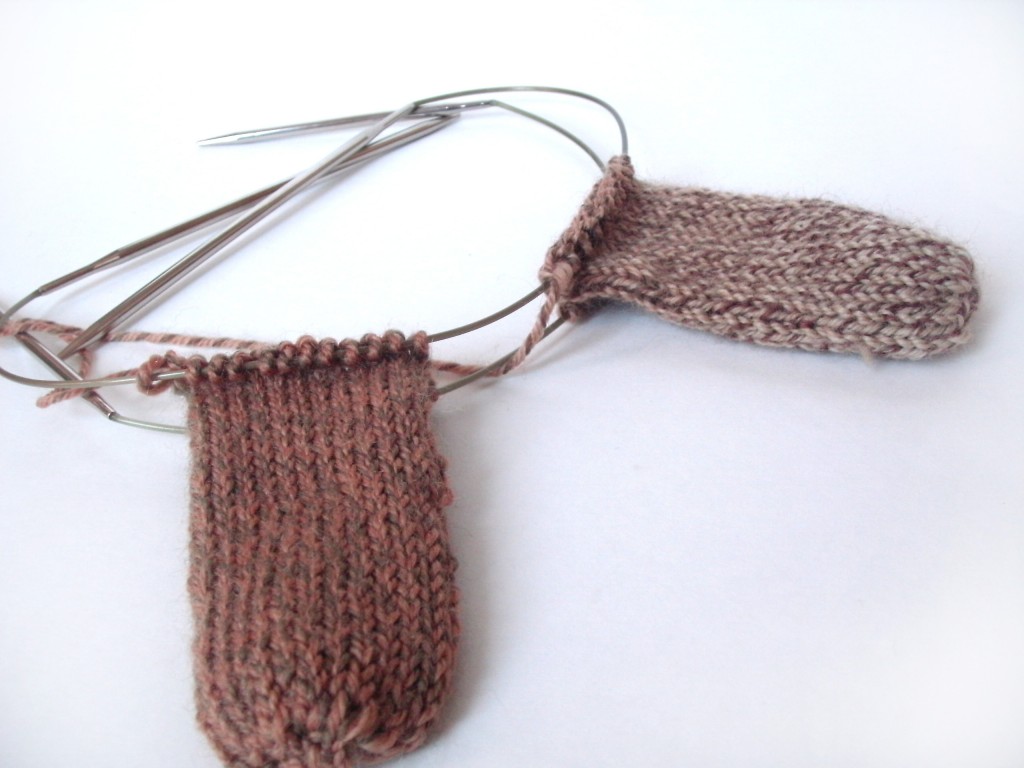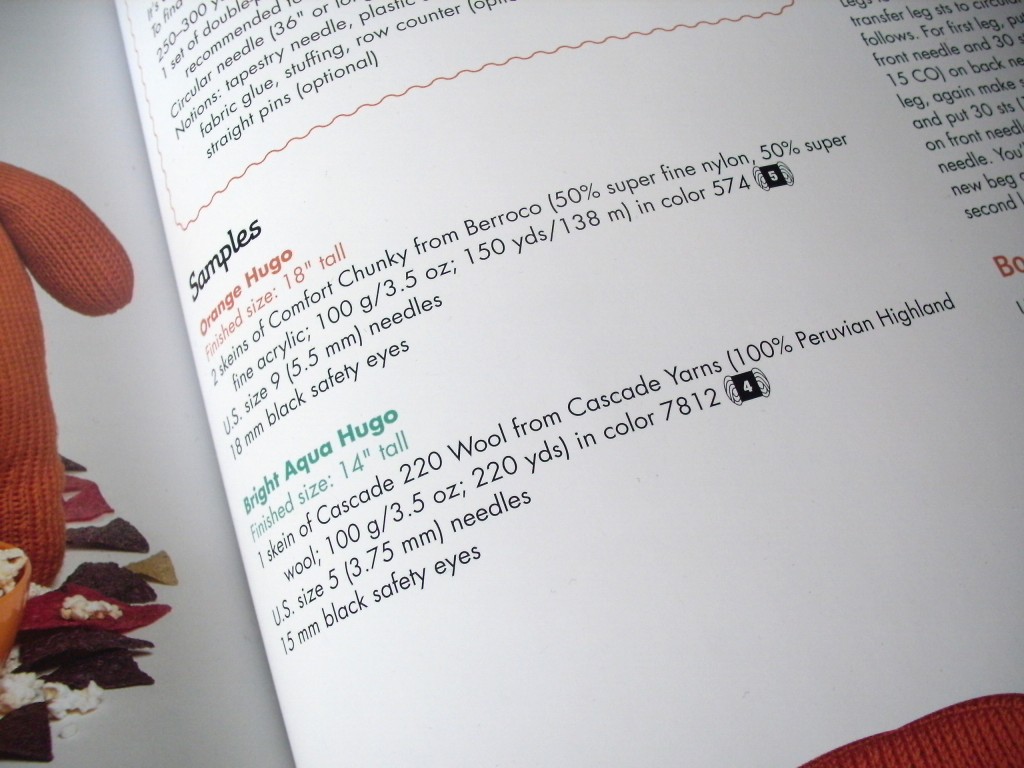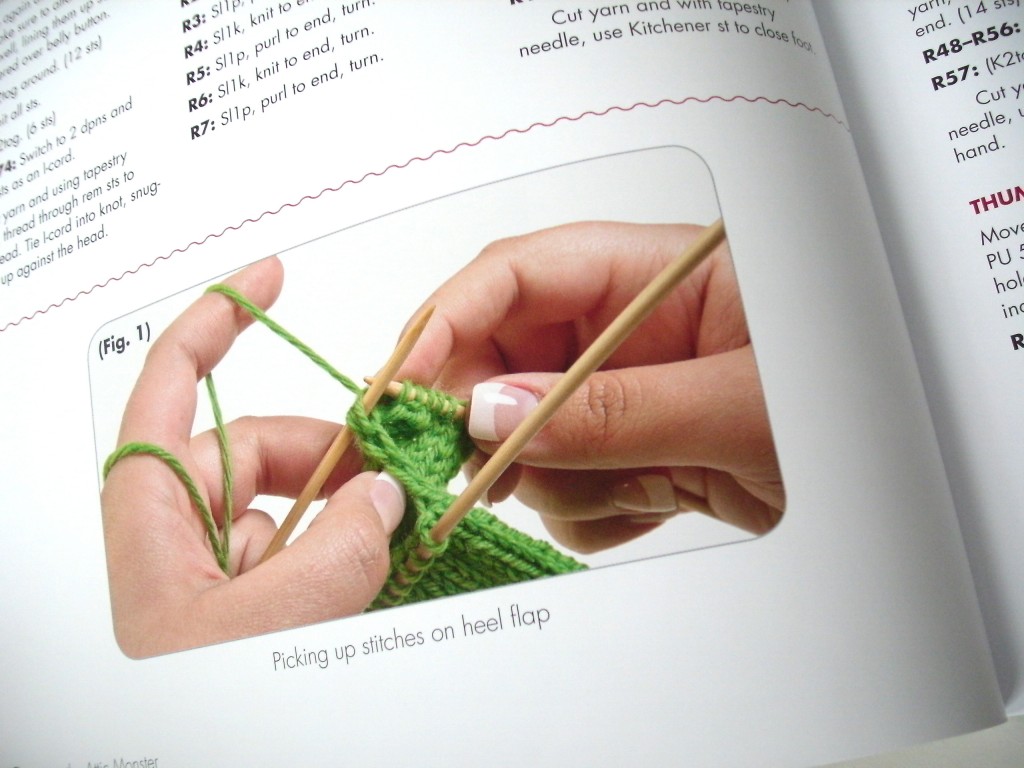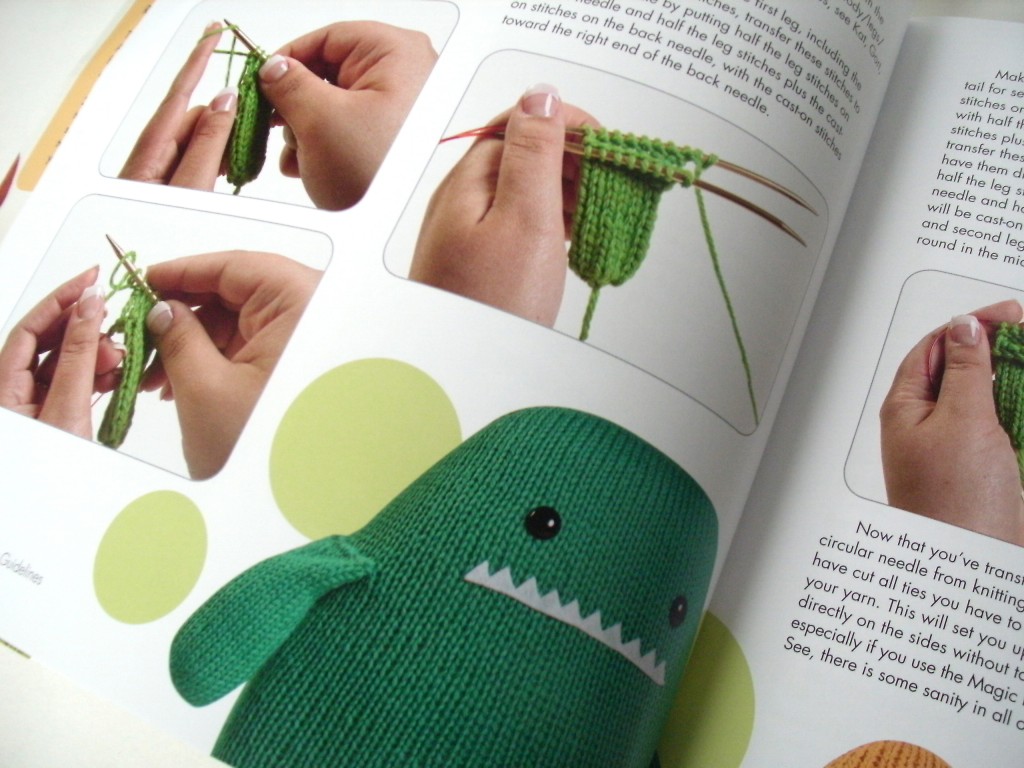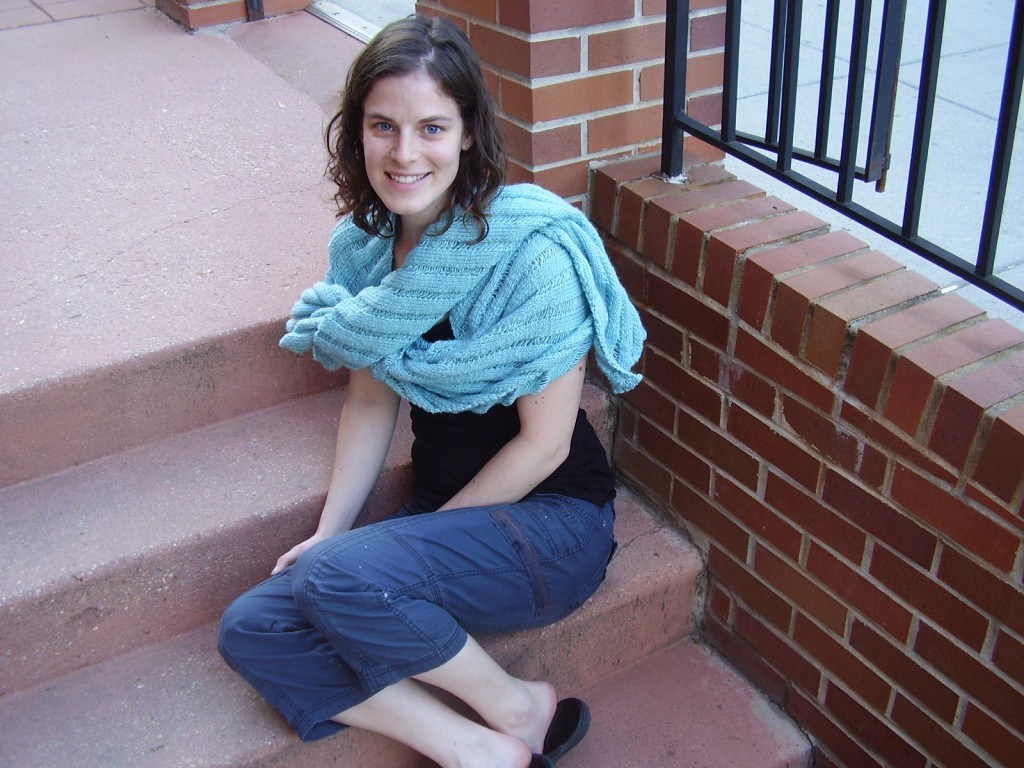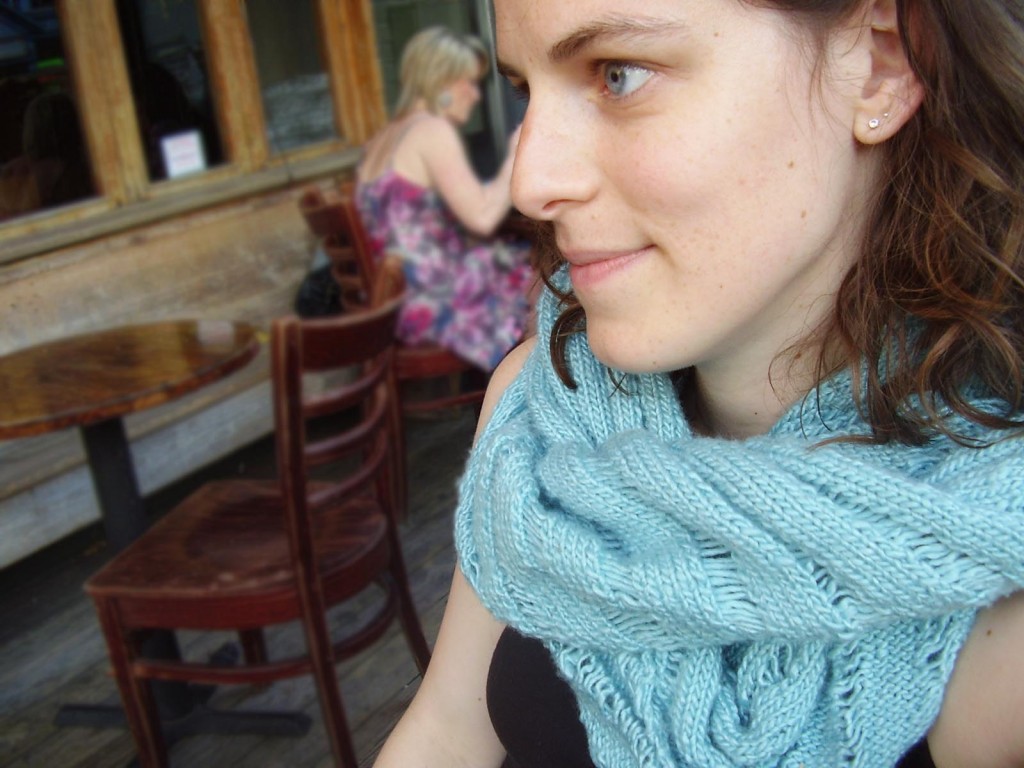Oh, I know. It’s only April. How can I make such a bold claim?
Because this book is that good.
I’ve been waiting for this one…
Stuffed Animals: From Concept to Construction is a fabulous new book by stuffed animal designer (and buddy of mine), Abby Glassenberg.
As she was writing the book, I could tell that Abby was really excited about it. She’s an incredibly passionate designer, and pours her heart into not only designing adorable stuff, but also teaching others how to make things. So, I knew this book would be good.
But now that the book is out, and I have my hands on a copy… I can tell you that this book is fabulous! Whether you’re new to sewing stuffed animals, or you’re a sewing pro who wants to get deep into designing, there’s oodles of information in this book that you’ll love!
Stuffed Animals: From Concept to Construction
Have a peek at this trailer for the book:
Stuffed Animals Book Trailer from Abby Glassenberg on Vimeo.
Squee! Doesn’t it look like so much fun?
What’s inside
Stuffed Animals contains 16 projects (complete patterns for sewn stuffed animals) and 52 lessons (designed not only to give you tips to complete the projects, but also to help you design your own pieces).
The book also contains a hefty introduction, so that even if you’re a newbie to sewing, you’ll be set to start on the easier projects in the book! Some of the topics covered in the introduction are:
- Basic materials needed (including a big secret… using hemostats!)
- Using freezer paper for making sewing patterns
- How to draw/mark/edit a pattern
- Tips for using your fabric, including considering the grainline
- Notes about seam allowance in patterns
- How to adjust/correct your sewing machine tension
- Various techniques for sewing stitches, by machine and hand
- Step-by-step details on clipping curves, basting, turning & stuffing
- Info about the proper finishing of your animal
And that’s just some of the topics covered in the intro!
The book continues… and features adorable patterns and oodles of great tips.
And… (this book is almost 200 pages!) the pattern pieces are included in their actual size! That means that you can trace the pattern pieces without running to a copy shop to do fussy enlargements (as you need to do with some books).
Each pattern and lesson contains step-by-step photos, so even if you’re not too confident about your sewing skills, you’ll be able to follow along! Love that!
What am I going to do?
Well… the first thing I’m going to do is re-read the entire book, cover to cover, because it’s just chock-full of so much inspiration!
Then… this sheep is pretty darn irresistible:
(and get it? I knit and crochet… so he’d be sorta like a mascot!)
Or… I’m pretty drawn to these monsters that can be made up with scraps:
(you know I love using leftovers!)
Can you tell I’m inspired?
Ready to get sewing?
If you’ve been looking to sew some adorable stuffed animals, then grab yourself a copy… you’ll love it!
I think this is the sort of book that’ll last your whole sewing life: from starting out as a newbie to designing your own adorable animals. What better value is there than that?
And if you’ve already snagged a copy… let me know what you think!
(To read Wendi’s review of the same awesome book, click here.)
Best,
Stacey



